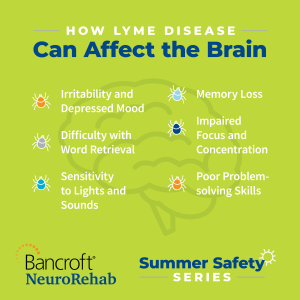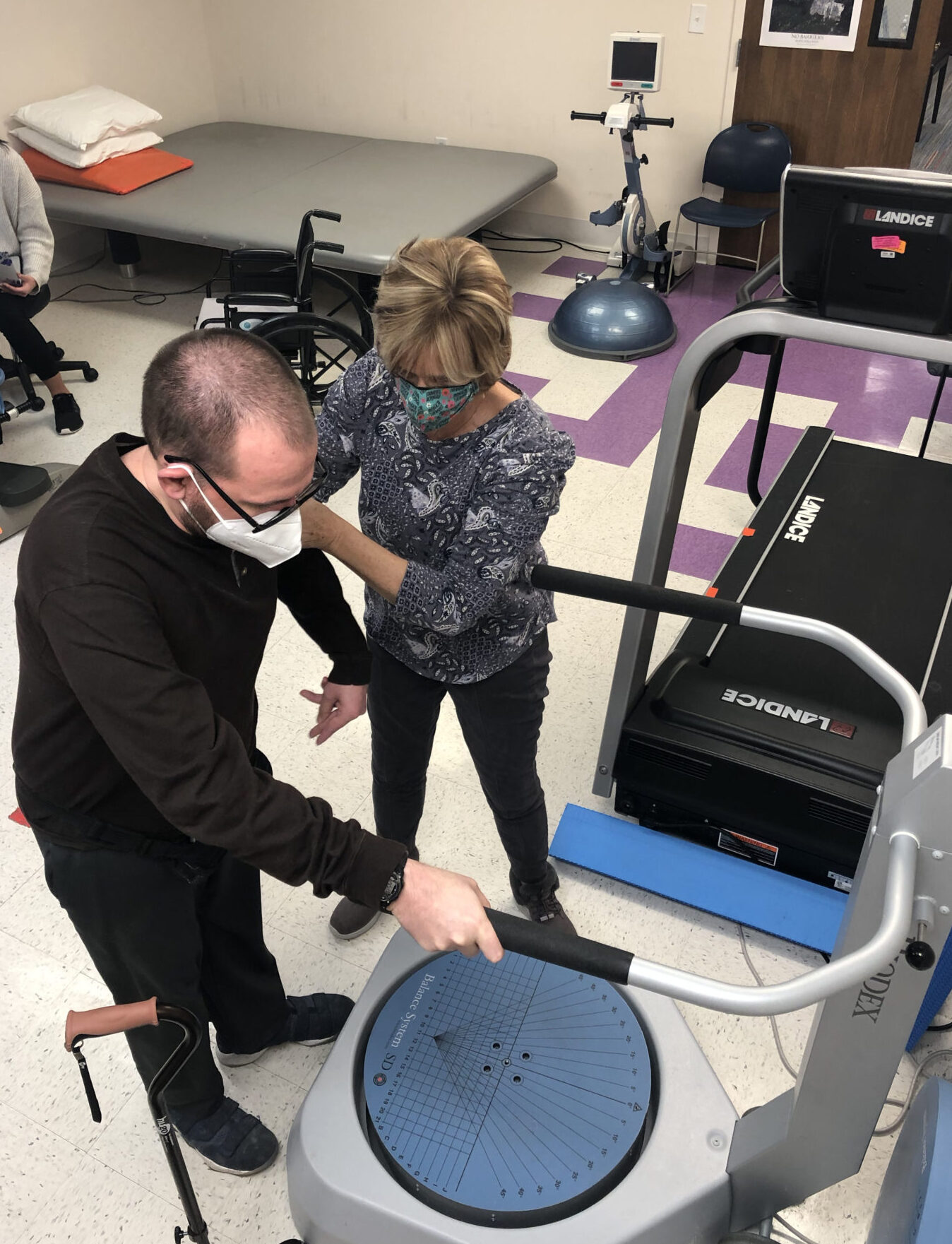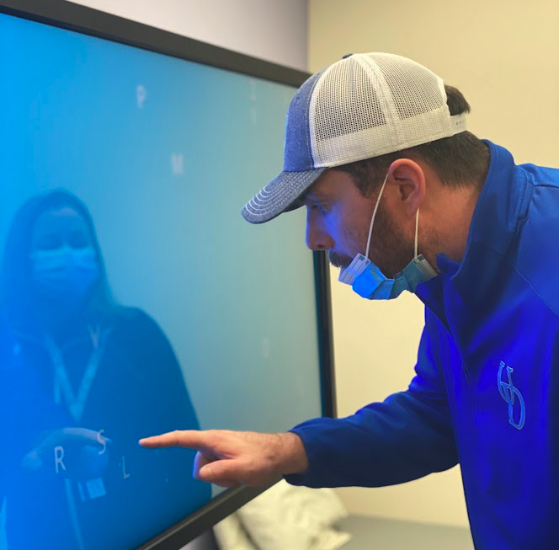

A Little Bite Can Go A Long Way: Cognitive Effects of Lyme Disease
Ticks are a warm-weather nuisance, but an innocent bite can lead to a number of physical, psychological and cognitive deficits if not treated properly – and in a timely manner. So what happens once you’ve been bitten by a tick?
Chances of developing Lyme disease depends on three factors:
- Tick species
- Where it came from
- How long it was attached
Lyme disease is generally transmitted through infected blacklegged ticks (or deer ticks) typically found in grassy or wooded areas typical to the Northeast. According to the CDC, a tick has to be attached for at least 24 hours before it can transmit Lyme disease, and it doesn’t help that ticks are typically found in hard-to-see areas such as the scalp, groin and armpit, often going unnoticed right away.
Stages of Lymes Disease
According to “Neuropsychological Functioning in Chronic Lyme Disease” article, which appeared in Neuropsychology Review journal, for those who do develop Lyme disease, it can occur in three stages*:
- The acute local stage involves symptoms such as a solid red or bull’s eye rash, flu-like symptoms, generalized achiness and headache.
- The early disseminated stage typically occurs one month post-infection after spreading to other organs like the central nervous system, occurring 15-20% of the time. Presenting neurologic symptoms include sleep disturbance, trouble concentrating, memory difficulties, irritability and changes in mood. It can cause joint pain, abnormal pulse, headache, neck stiffness, facial palsy and tingling/numbness in the limbs. Symptoms generally resolve within a few months.
- The late/chronic disseminated stage can develop one month to 14 years later and involves more severe symptoms, including arthritis, encephalopathy symptoms, neuropathy and profound fatigue. Psychological disorders can also present, including depression, OCD, anxiety, mood lability and numbness in the limbs.


Lymes Disease Prevention Tips
You and your loved ones can do your part to prevent tick bites and reduce your risk of Lyme disease.- Know your surroundings. When in your yard or during outdoor activities, walk through designated trails and avoid overgrown areas.
- Spray before you go. Spray EPA-approved insect repellents on clothing when planning on being outdoors.
- Perform daily tick checks. Scan your clothes and entire body for ticks using a mirror for hard-to-see areas. Scan pets as well as they can carry ticks indoors.
- Remove attached ticks. If you spot a tick, remove it with sharp tweezers as soon as possible.
- Stay alert. Even if you don’t see any attached ticks or remember being bitten, watch out for summer fevers or strange rashes as this can be a first sign.
- Encourage a tick-free environment. Modify your own backyard to reduce the presence of ticks. Keep patios and playground areas free of shrubs, bushes and other vegetation; regularly maintain growth of all grass and plants in your yard.
- Practice prevention in your yard. Spray a pet-safe pesticide in your yard to reduce the number or ticks or prevent deer-resistant plants as deer are a food source for ticks.
Whether you’re hiking, gardening or simply enjoying the outdoors this summer, ensure tick bites are part of your planning and preparation to avoid the bite that goes too far.
Author:


Related Articles


Navigating Life Beyond Stroke: Shawn’s Story
Navigating Life Beyond Stroke: Shawn’s Story From Mechanic to Patient:


Embracing Balance: How Yoga Supports Brain Injury Recovery
Embracing Balance: How Yoga Supports Brain Injury Recovery The Healing


Never Giving Up: How Stephen Reclaimed His Independence After a Traumatic Brain Injury
Never Giving Up: How Stephen Reclaimed His Independence After a








